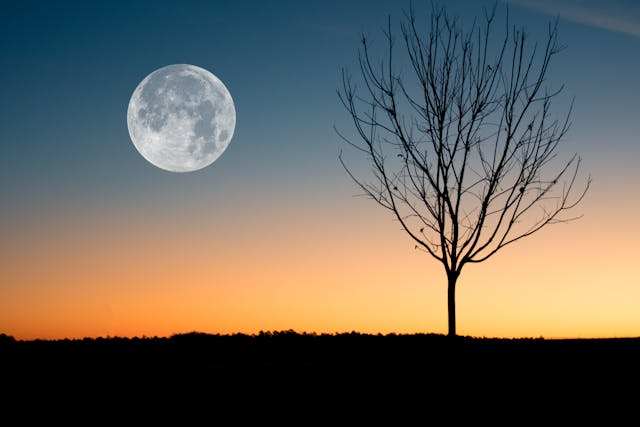
The Story Behind Beethoven's Moonlight Sonata
Ludwig van Beethoven's "Piano Sonata No. 14 in C-sharp minor" Op. 27, No. 2, popularly known as the "Moonlight Sonata," is one of the most popular pieces in classical music history. What famous pianist hasn’t performed the Moonlight Sonata, and what amateur pianist doesn’t want to learn it? Better yet - you’d have a hard time finding someone who hasn’t heard the piece, whether they realize it or not.
This blog will discuss the origins and history of the sonata, some performance notes, and other information. If you would like to take piano lessons in Brooklyn or online with David Chang, get in touch! He is one of the country’s leading teachers for adult students, and his unique method helps students learn the piano 3x-6x faster than traditional methods.
The Origin and Premiere of the Moonlight Sonata
Composed in 1801 and dedicated to his pupil, Countess Giulietta Guicciardi, the sonata has acquired quite the reputation and mystique since its first performance.
Beethoven composed the "Moonlight Sonata" during a particularly productive period of his life around the turn of the 19th century, a time when he was also working on his "Symphony No. 1" and "Symphony No. 2." The piece premiered in Vienna, a city that was the heart of musical innovation at the time. Though there is no specific record of its first public performance, it was published in 1802 and quickly gained popularity.
The nickname "Moonlight Sonata" comes not from Beethoven himself, but from a remark by the German music critic and poet, Ludwig Rellstab. In 1832, five years after Beethoven's death, Rellstab compared the effect of the first movement to that of moonlight shining upon Lake Lucerne. The nickname obviously caught on!
The Musical Structure of the Moonlight Sonata
The "Moonlight Sonata" was unconventional for its time, particularly in its ordering of movements. Traditionally, sonatas followed a fast-slow-fast format. However, Beethoven opened this piece with a slow movement.
Adagio Sostenuto
The first movement is marked by its somber tone, triple meter, and pianissimo with the use of the damper pedal. The arpeggiated triads in the left hand, along with the haunting melody have been used in countless films and other media, and it’s the first thing people think of when they hear, “Moonlight Sonata.” This is also the reason why many beginners mistakenly think the sonata is easy.
Allegretto: Movement II
The second movement serves as a brief, light interlude before the stormy final movement. It has an upbeat, dance-like quality, and it dramatically changes the mood after the emotional first movement, and sets the audience up for a surprise before the intense third movement.
Presto Agitato: Third Movement
The presto agitato movement is composed at a professional level, and it has tough technical demands on the pianists. It must be played accurately, evenly, and musically. The one easy thing is the memorization of the movement – memorizing the movement’s chord structure should make it fairly simple to learn from memory.
Reception and Legacy of the Moonlight Sonata
While the Moonlight Sonata never received any notable negative reviews, it wasn’t until after Beethoven’s death, even into the 1830s, that the sonata became so widely spread. Perhaps that’s related to the fact that it didn’t acquire a nickname until then. It became so significant that the great Carl Czerny even included it in his writings about Beethoven’s music.
Use in Popular Culture
The "Moonlight Sonata" has been used in all manner of media, from The Peanuts Movie to Resident Evil: Retribution. There was also a 1994 film made about Beethoven entitled, “Immortal Beloved.” You’d heard this tune in commercials, movies, TV shows, speakers, and concert halls throughout the world.
Learn To Play The Moonlight Sonata
Anyone can start to play the basic arpeggios in movement one, but don’t be deceived - it’s a hard piece! The second movement is tricky, and the third movement requires virtuosic playing. If you would like to work with a piano teacher who can help you learn to play this piece with confidence, contact David Chang at your earliest convenience.





